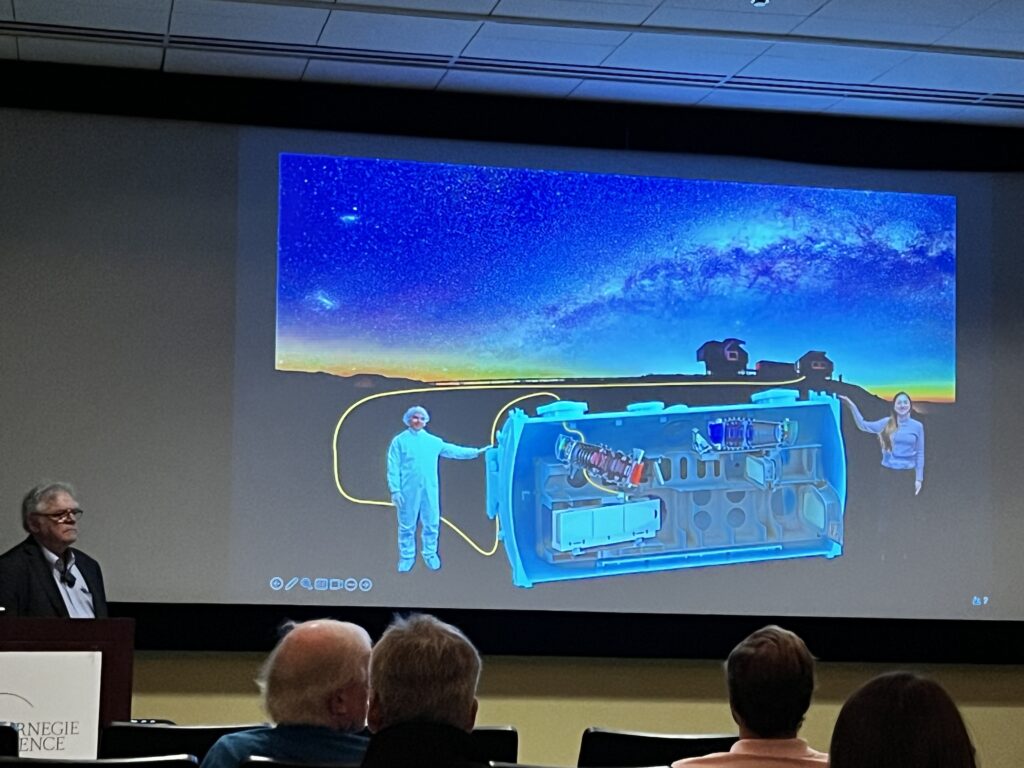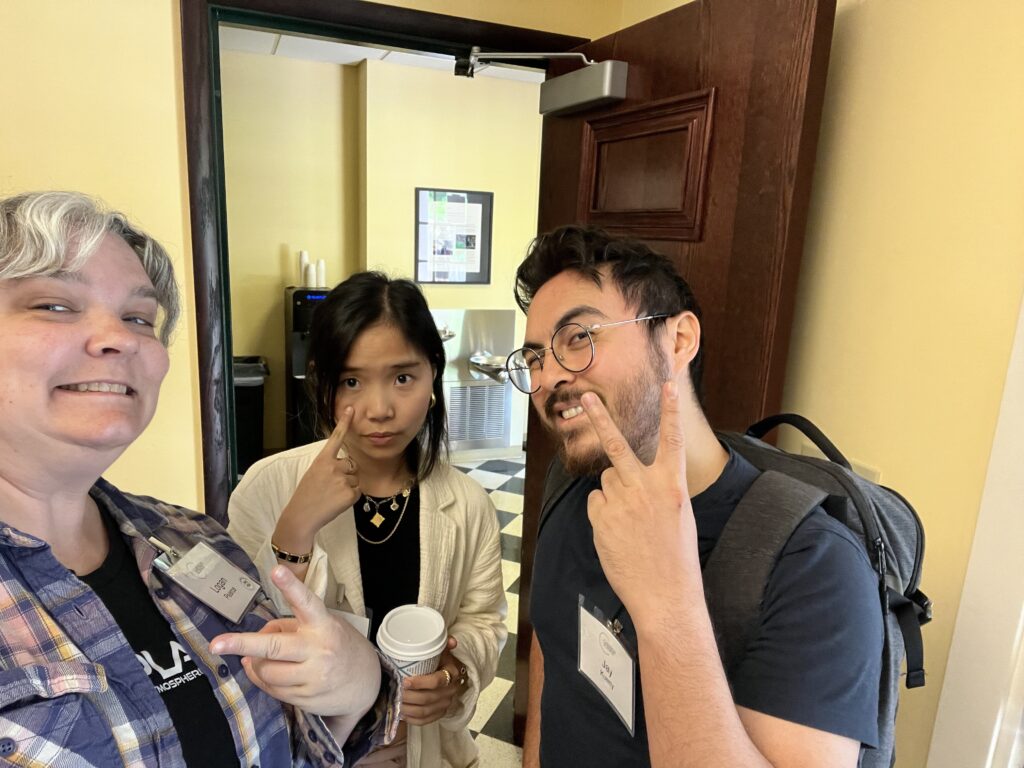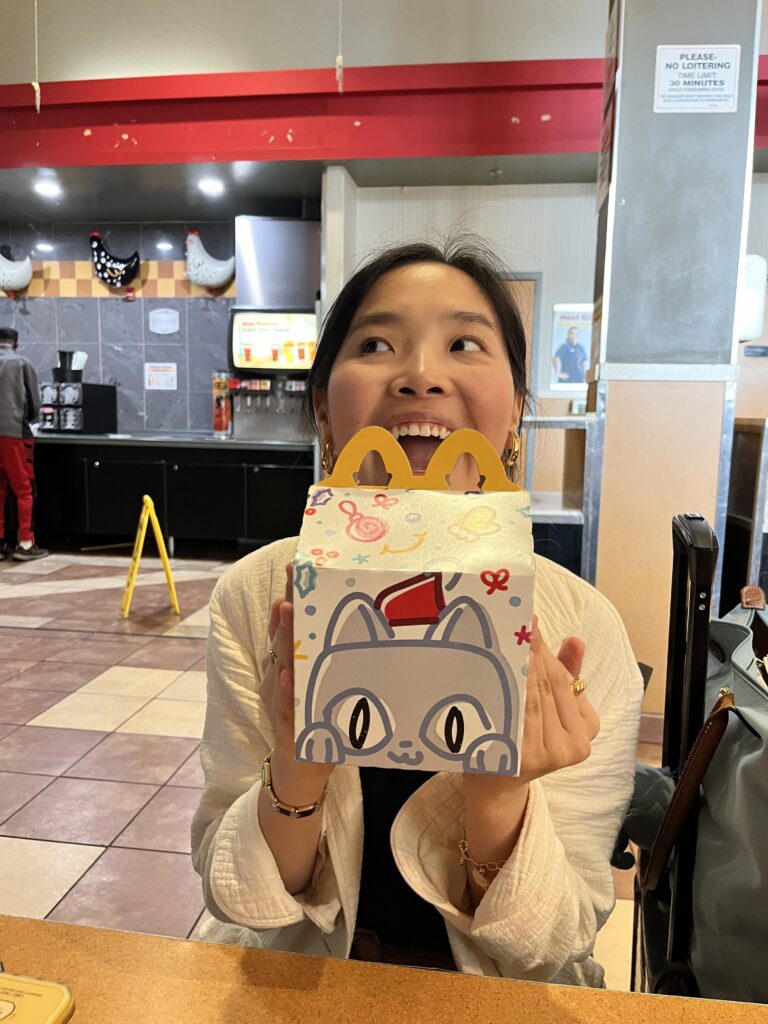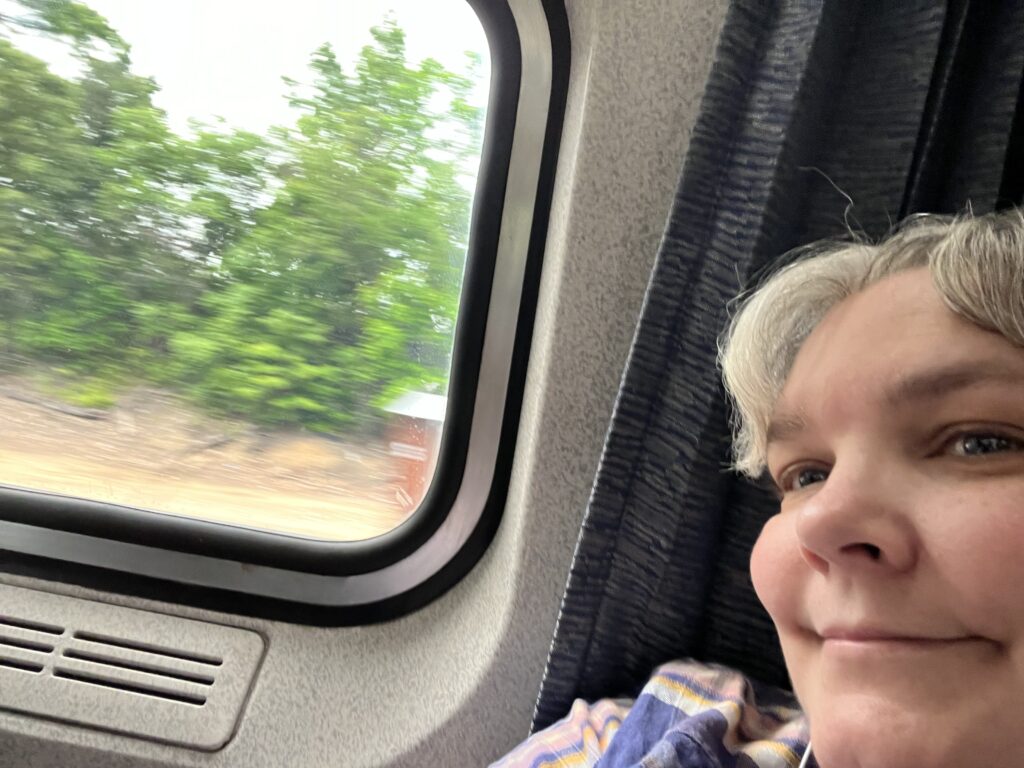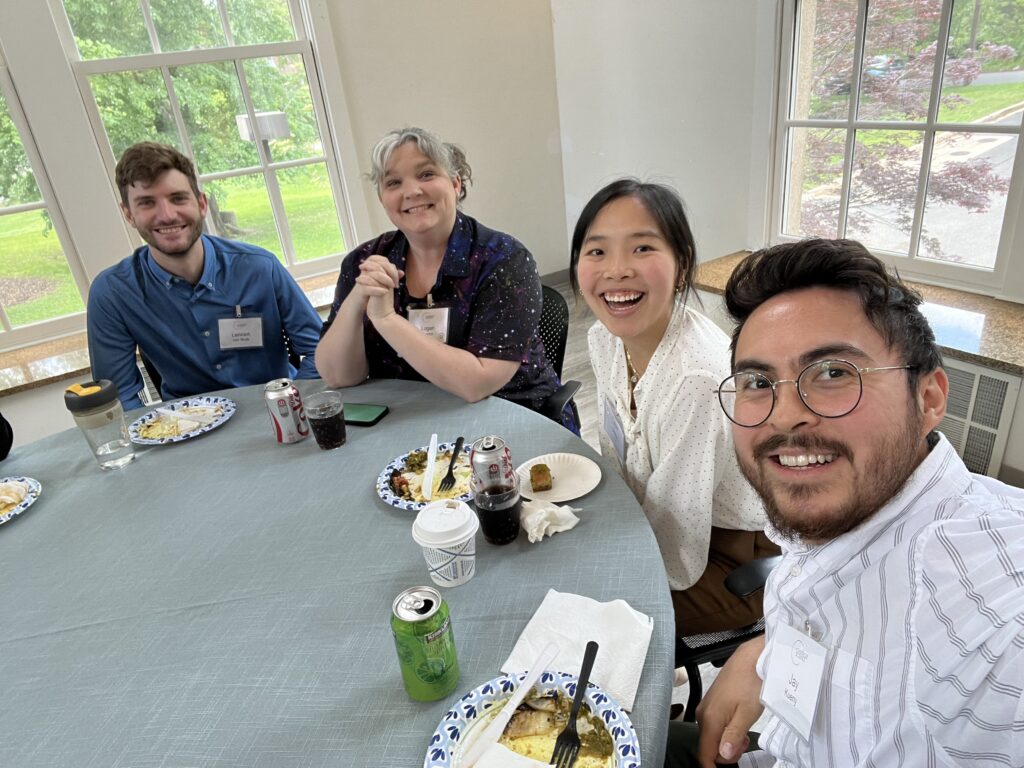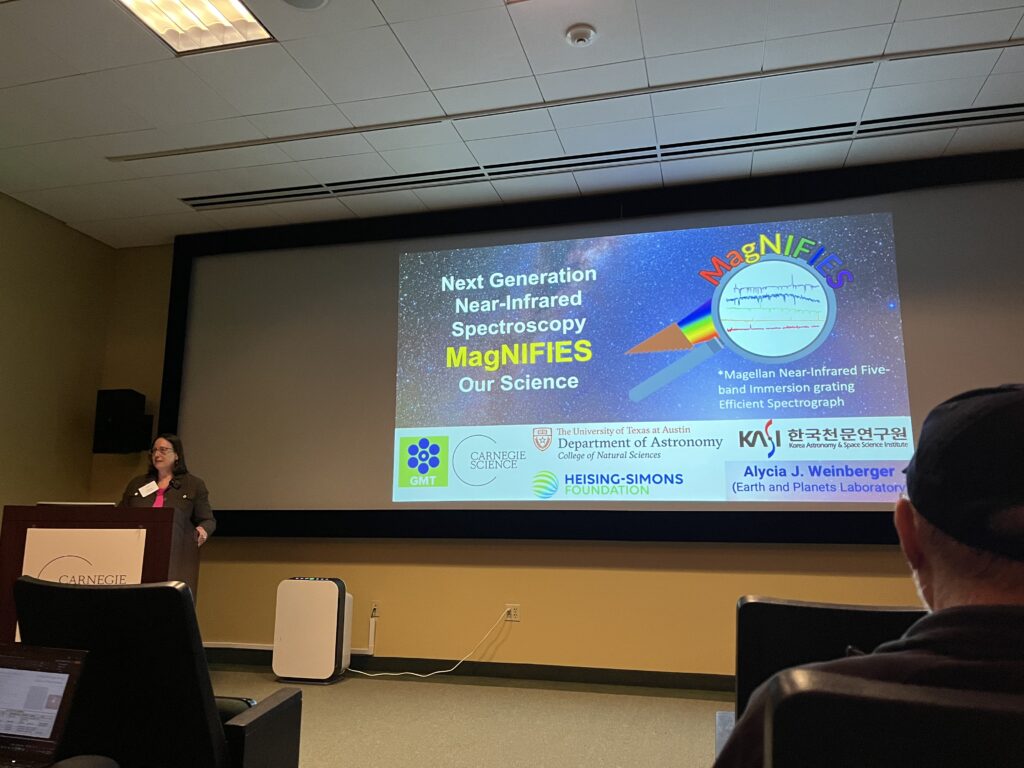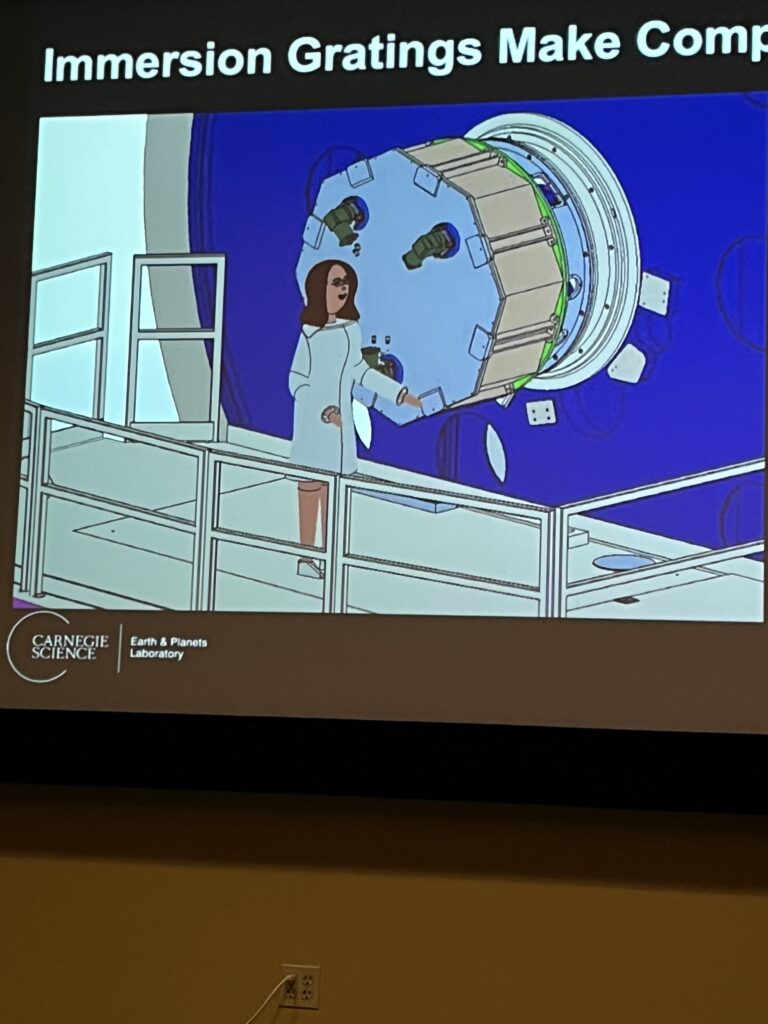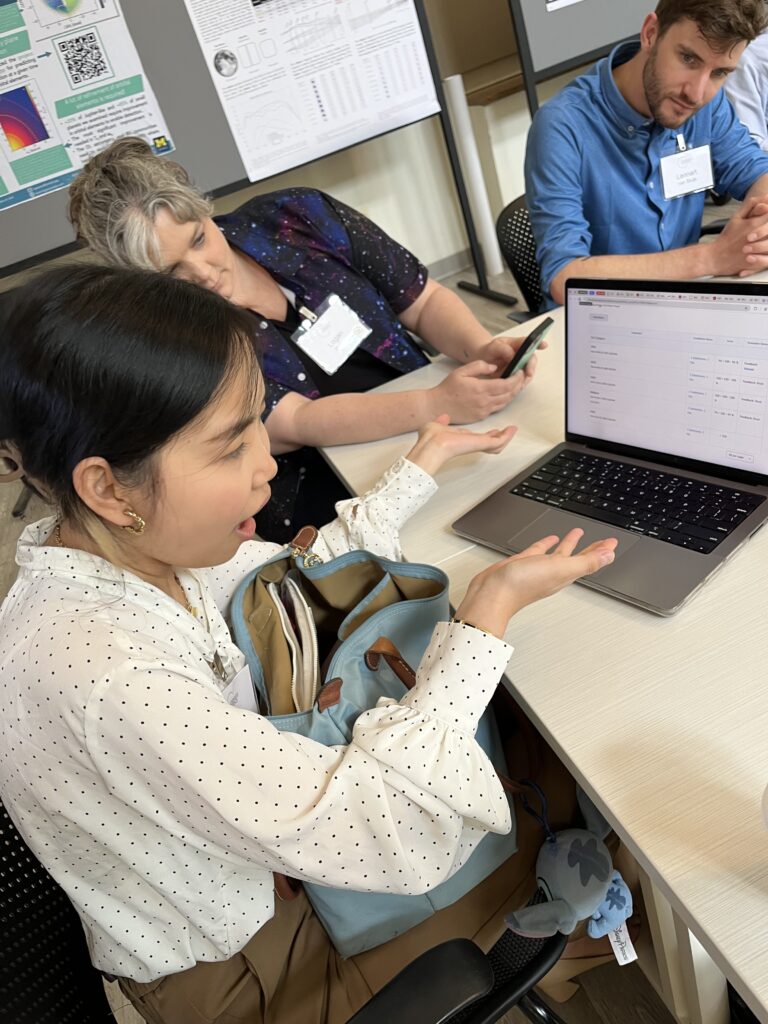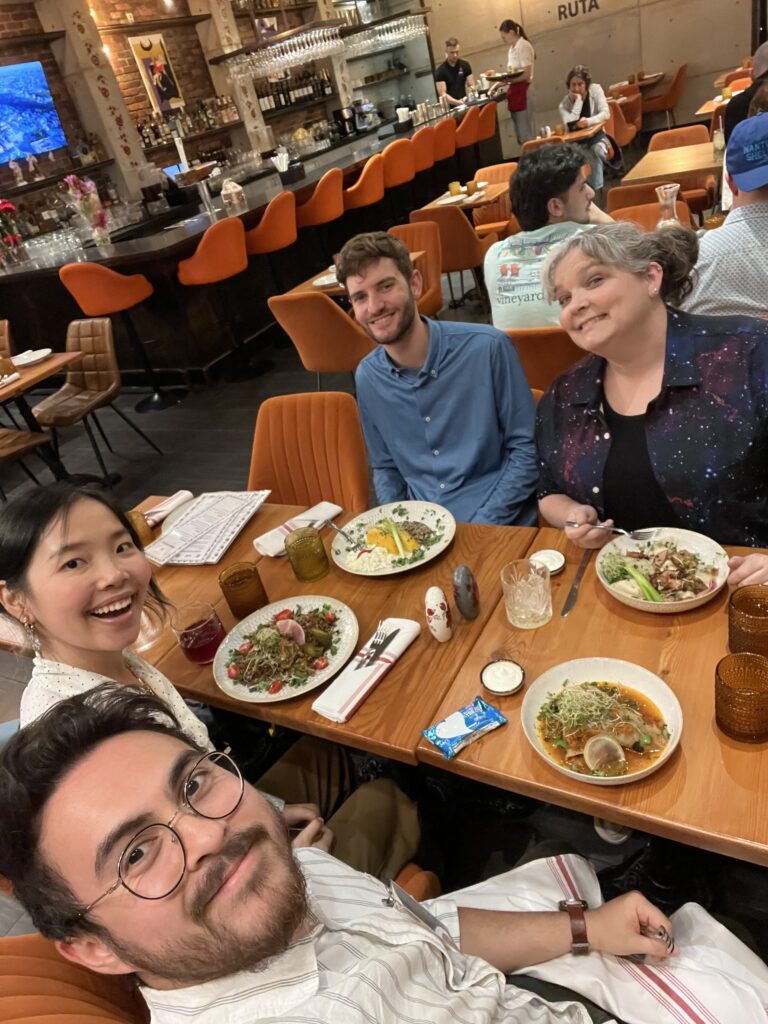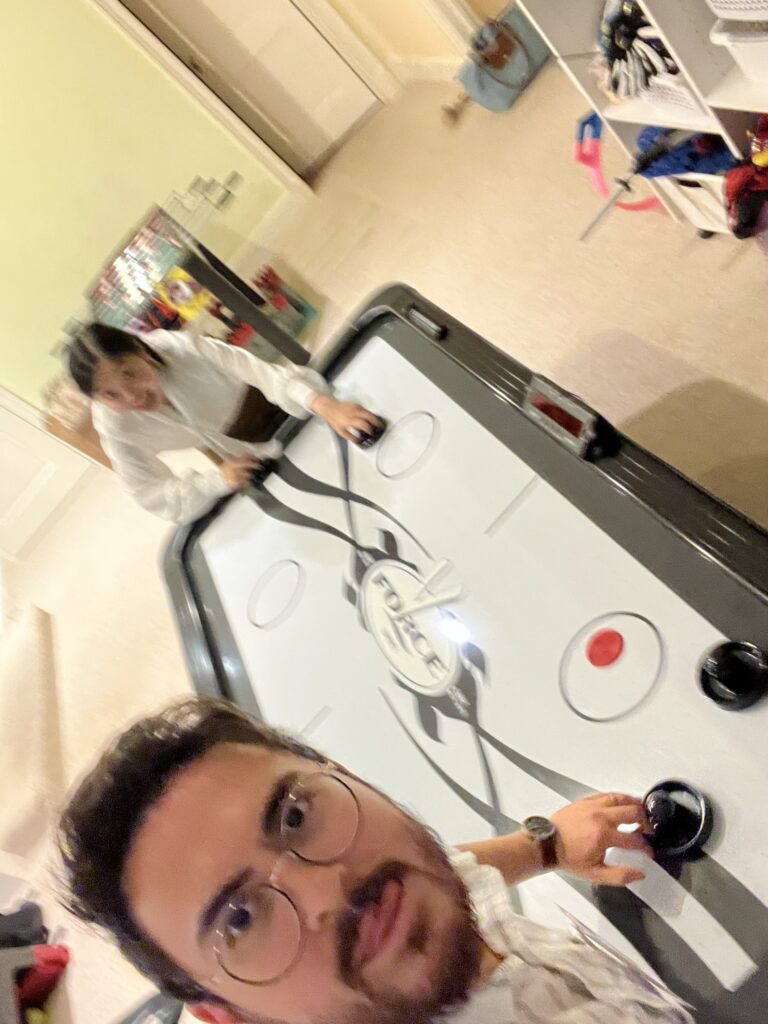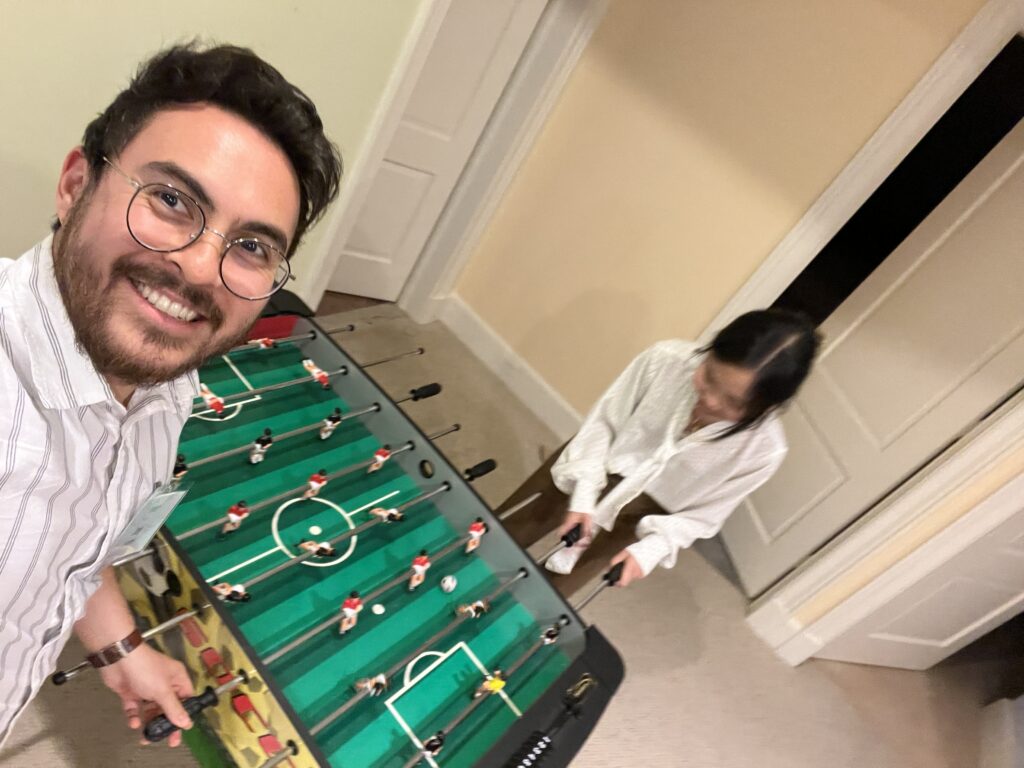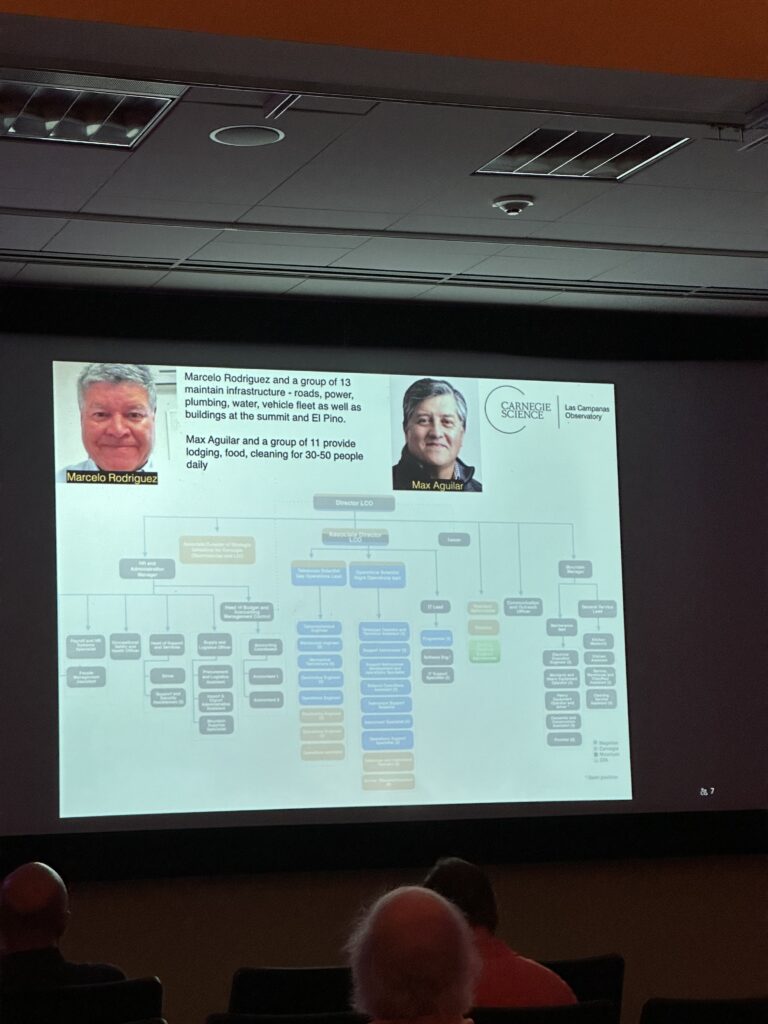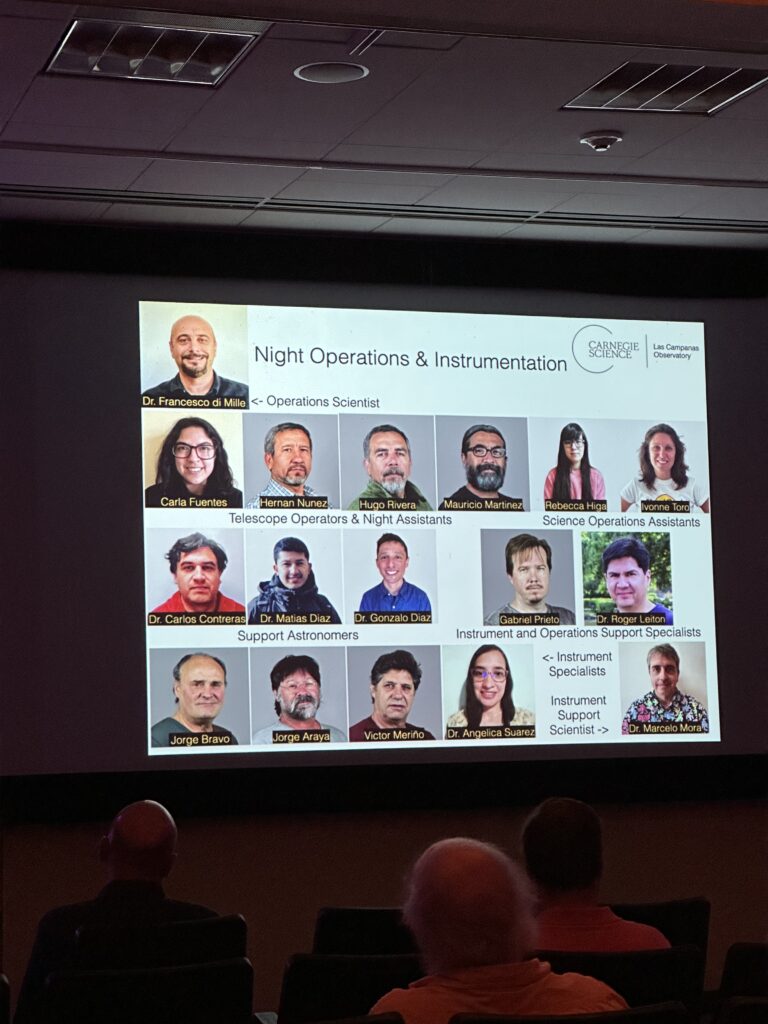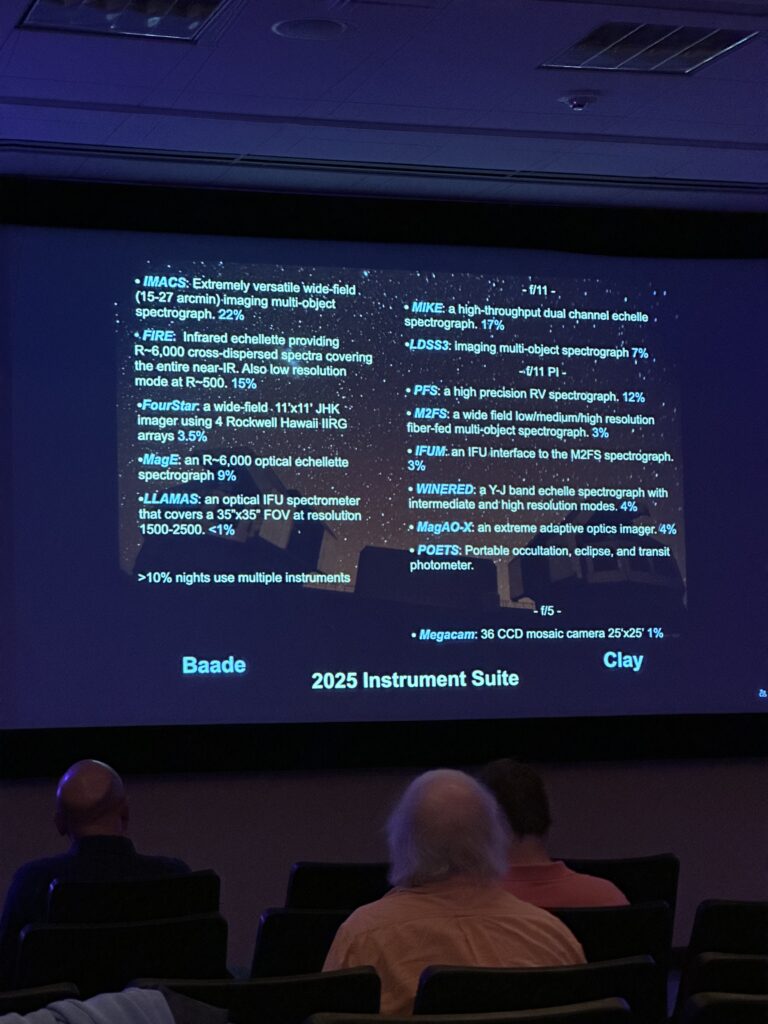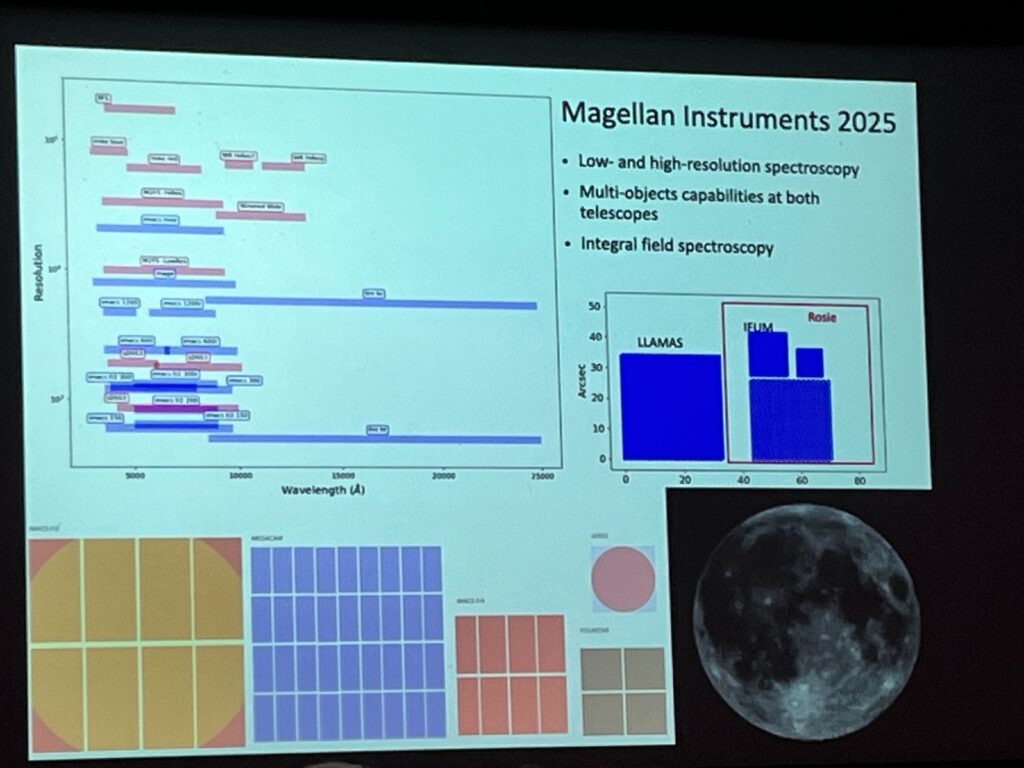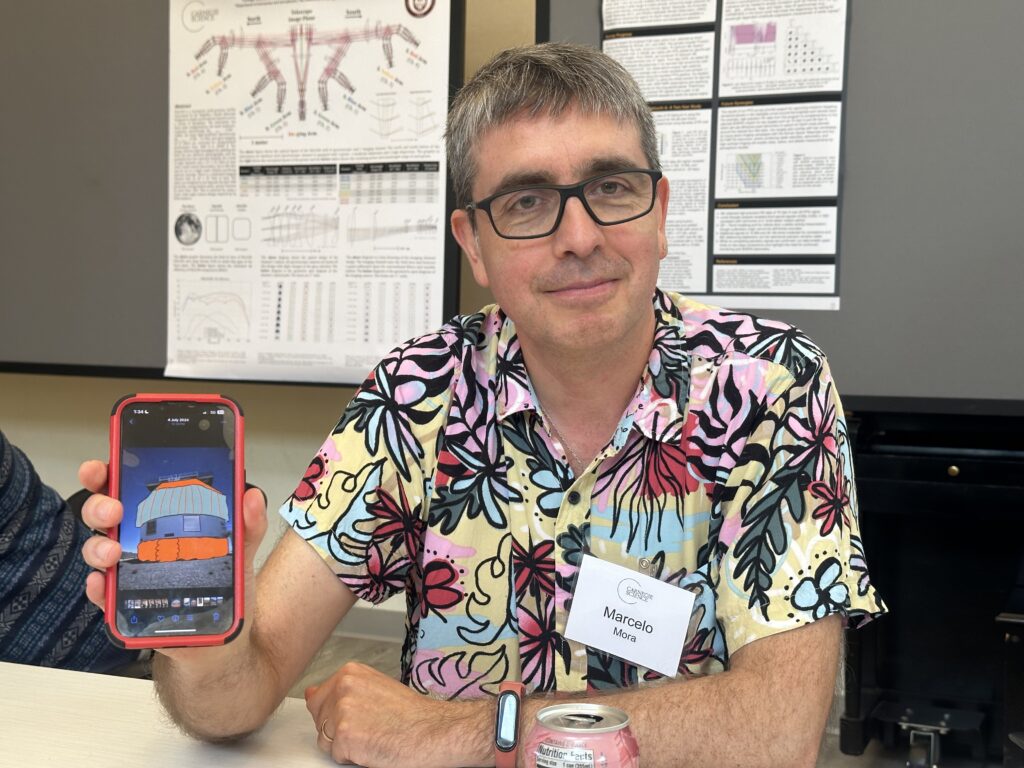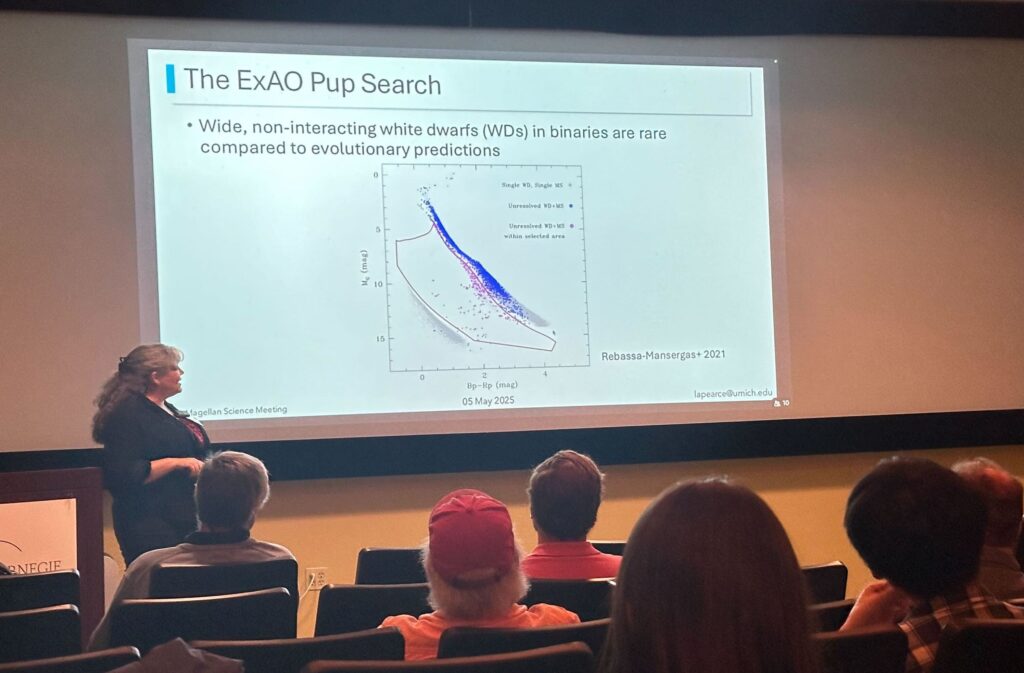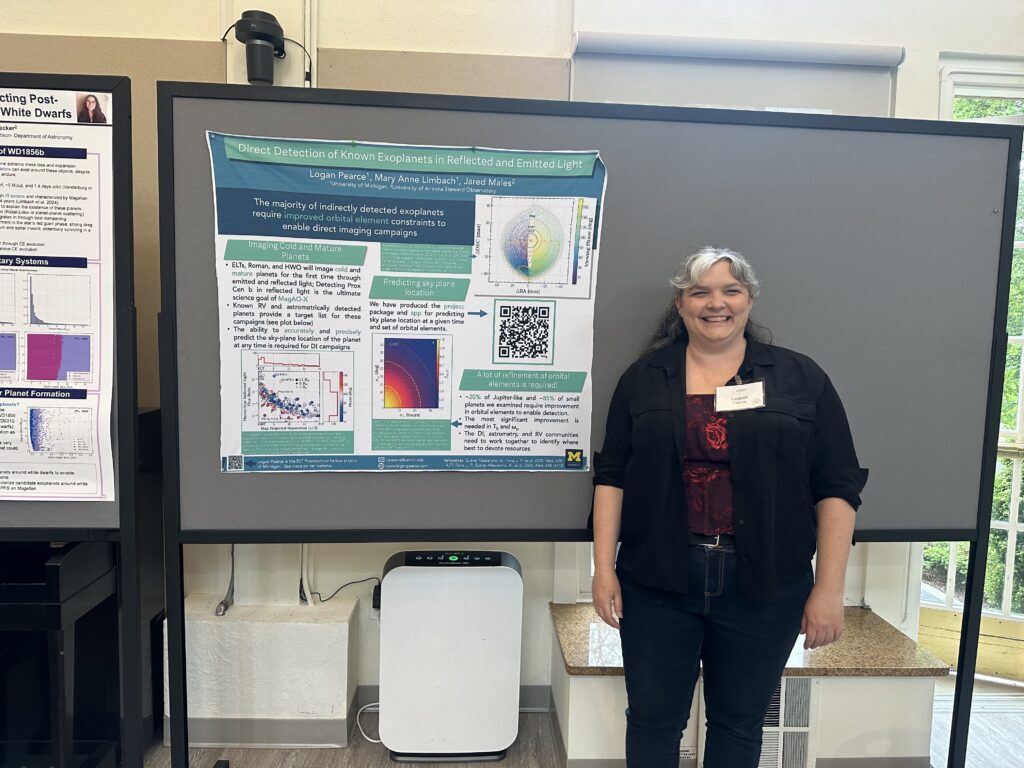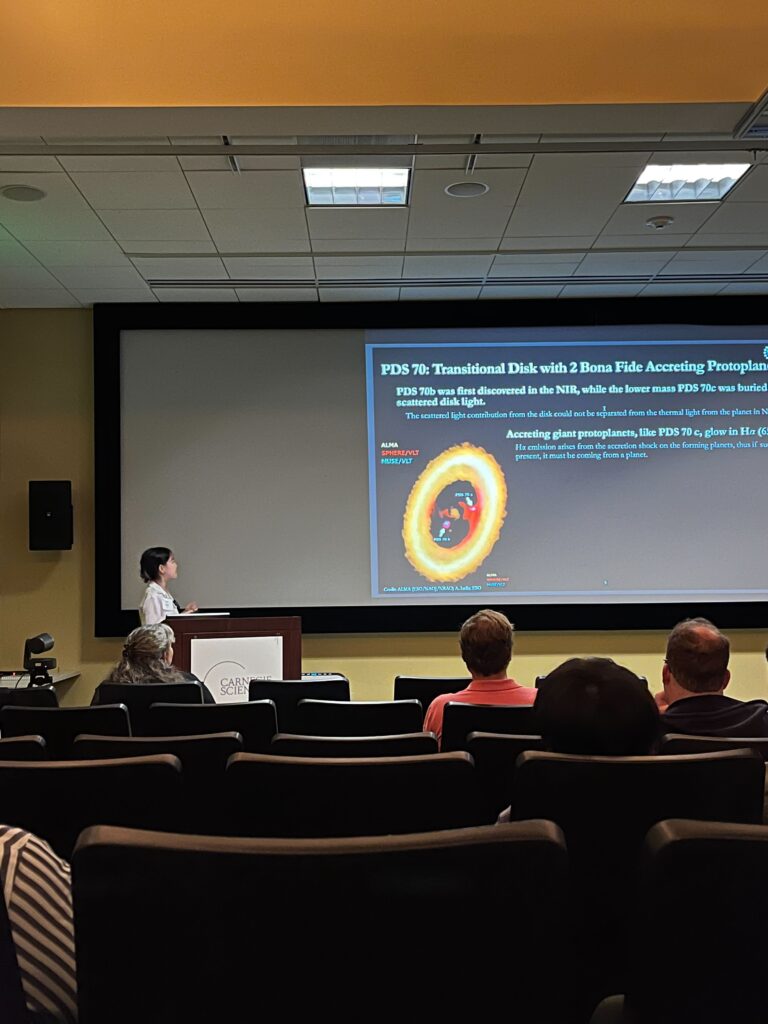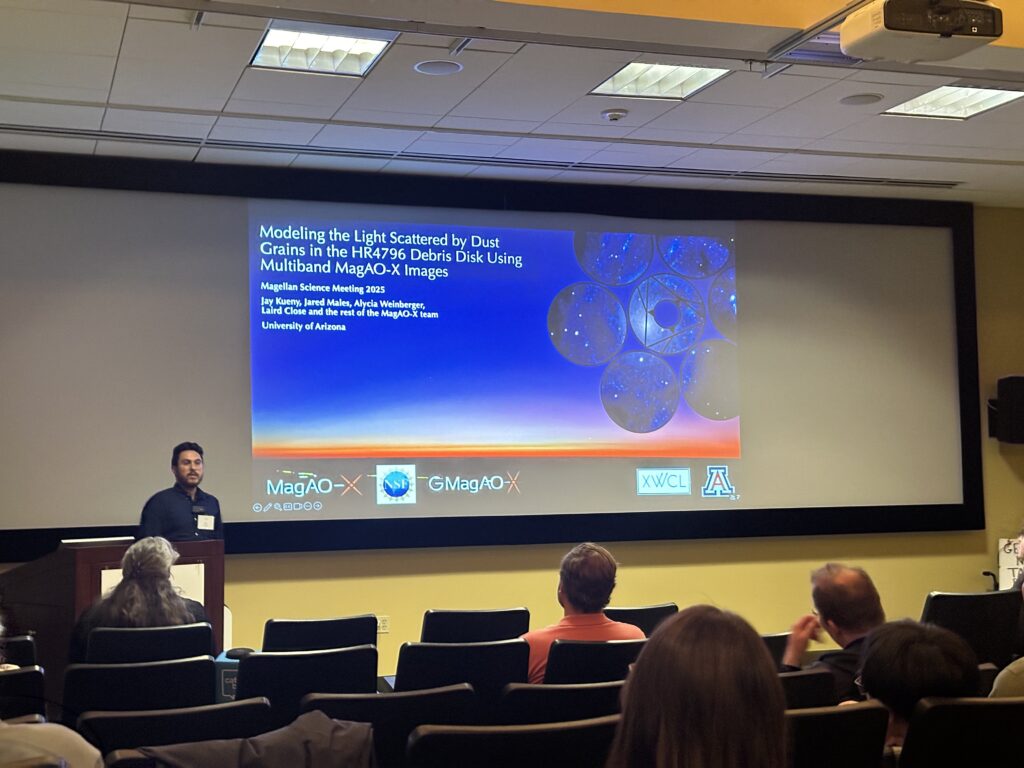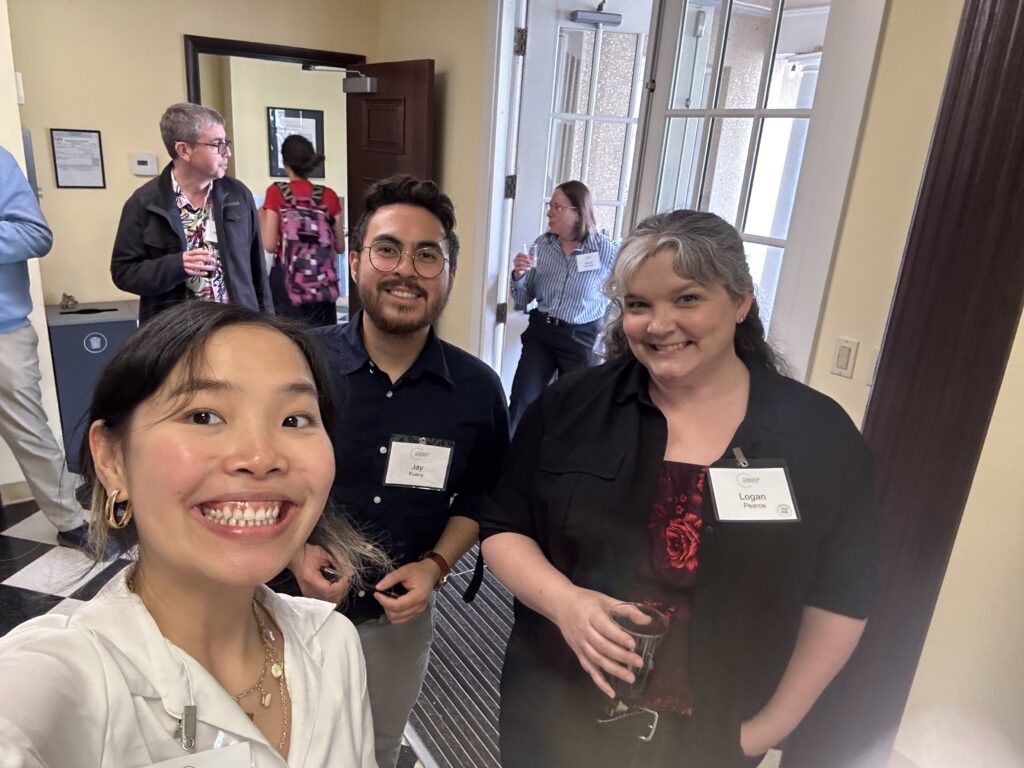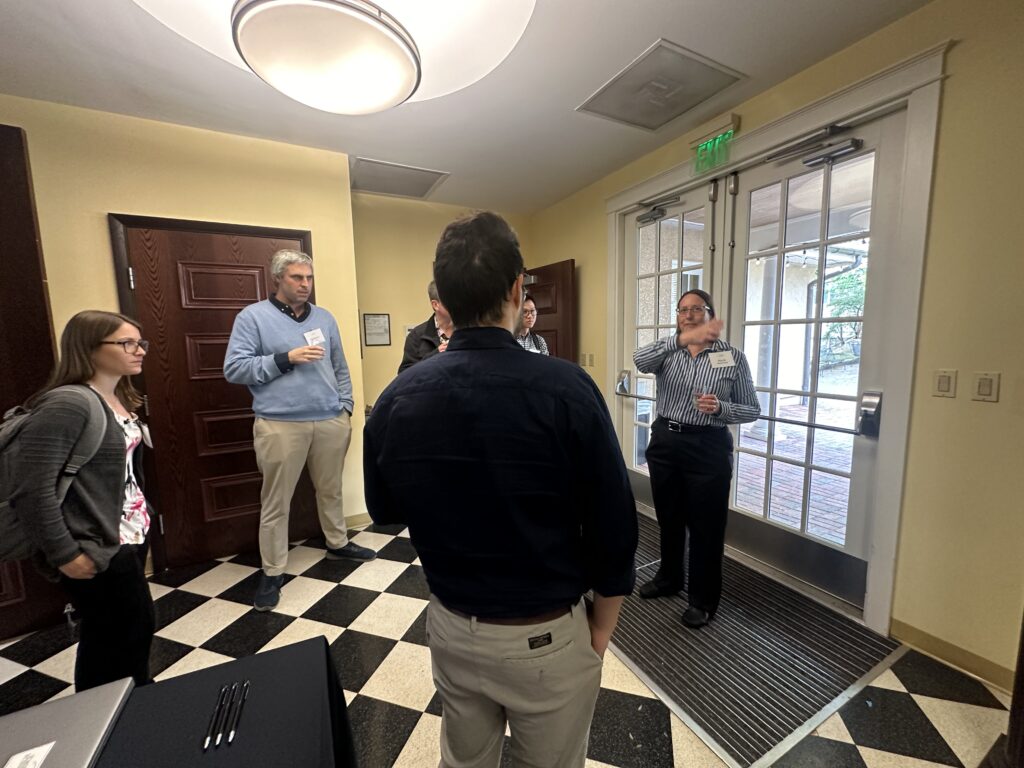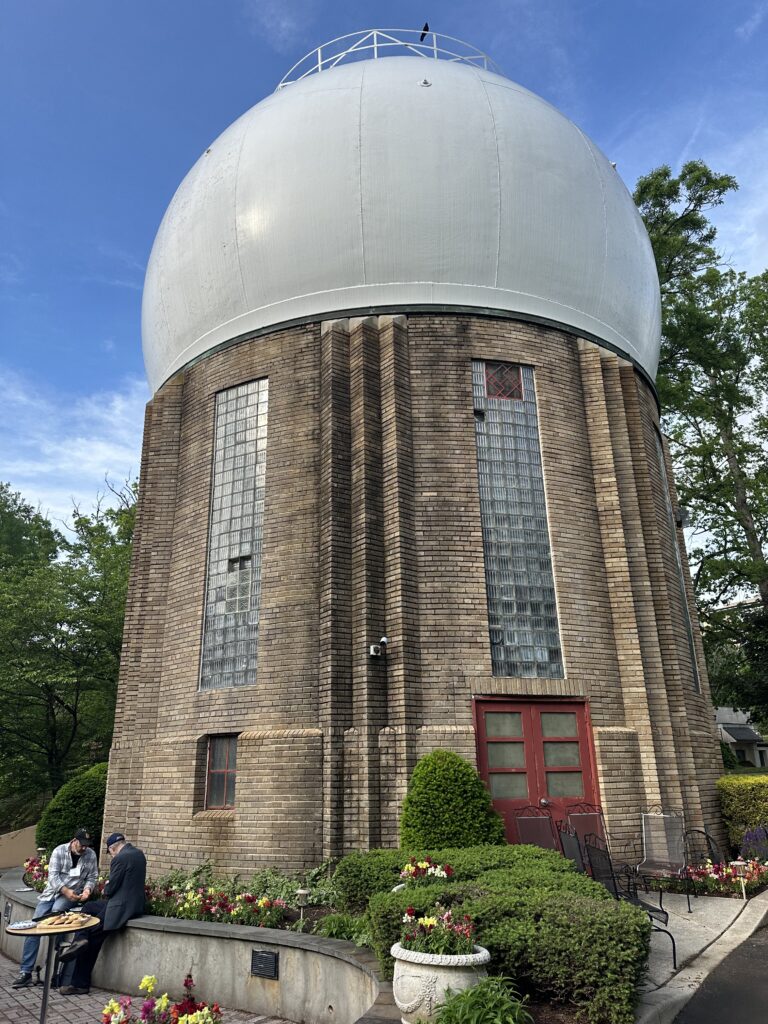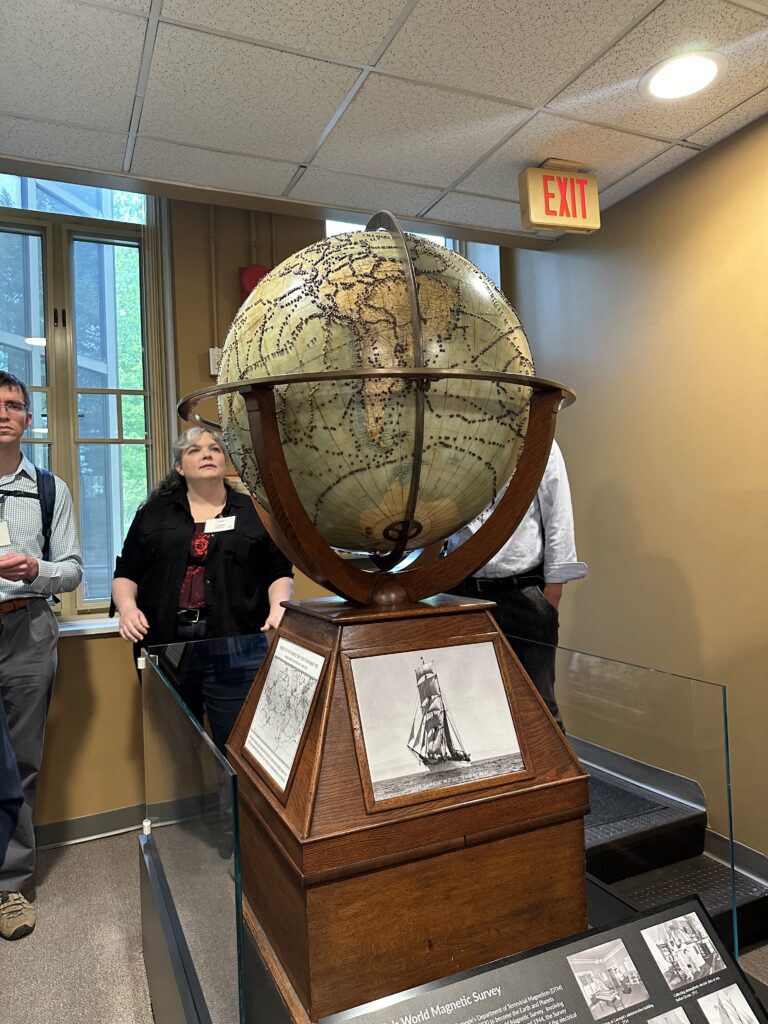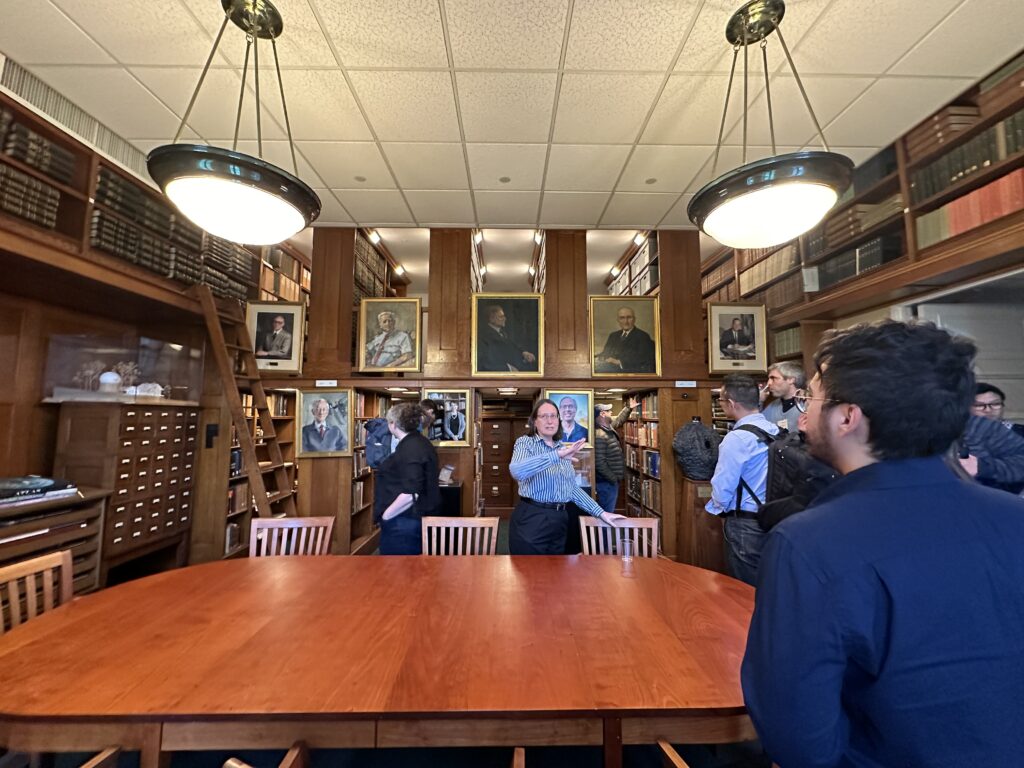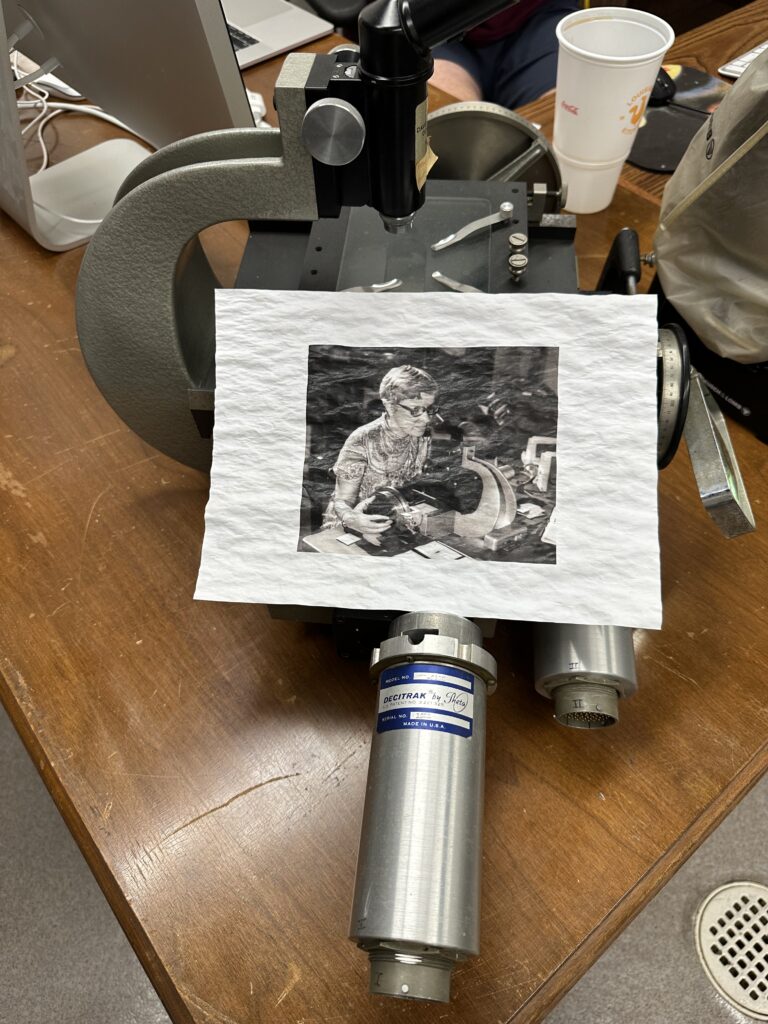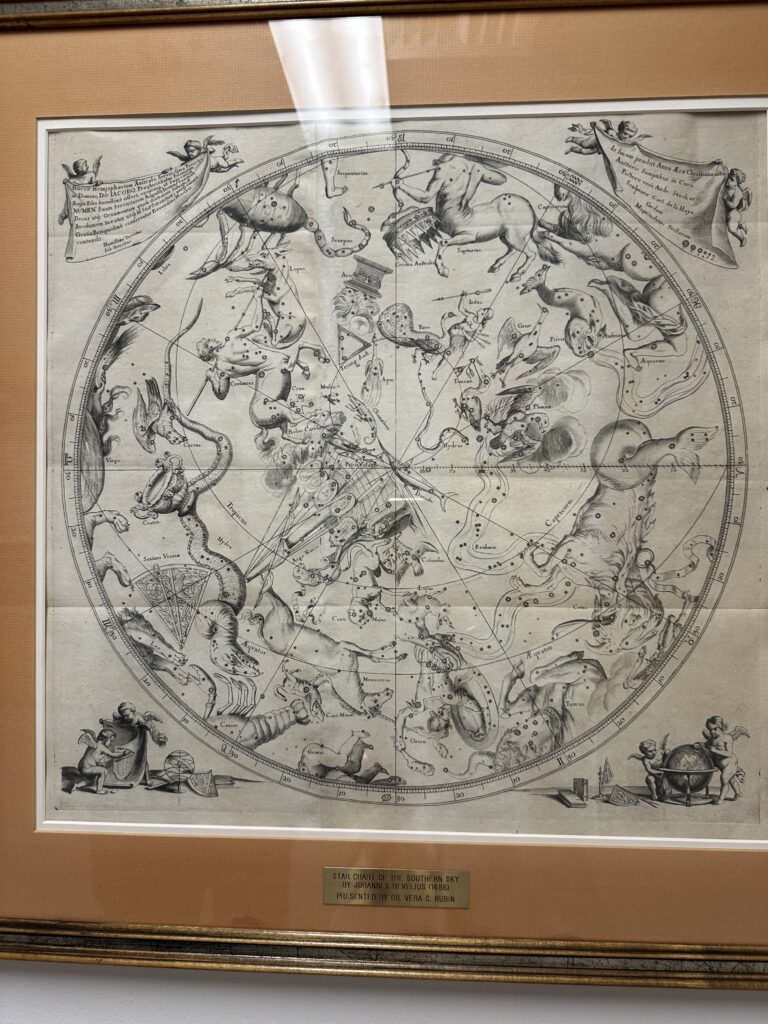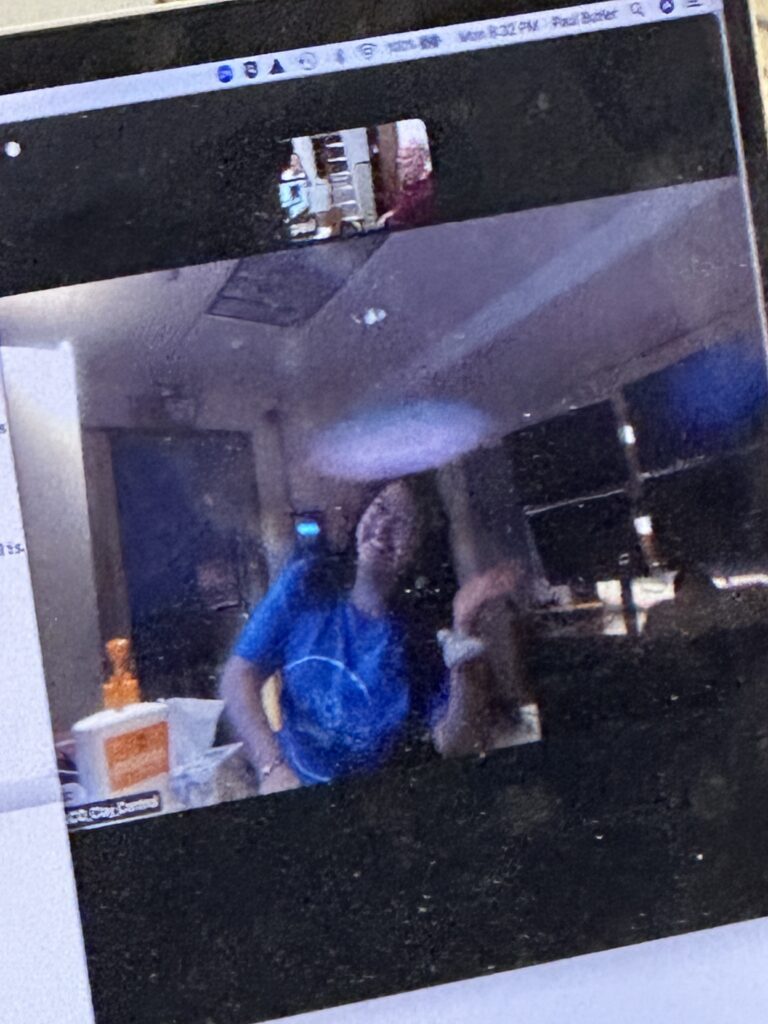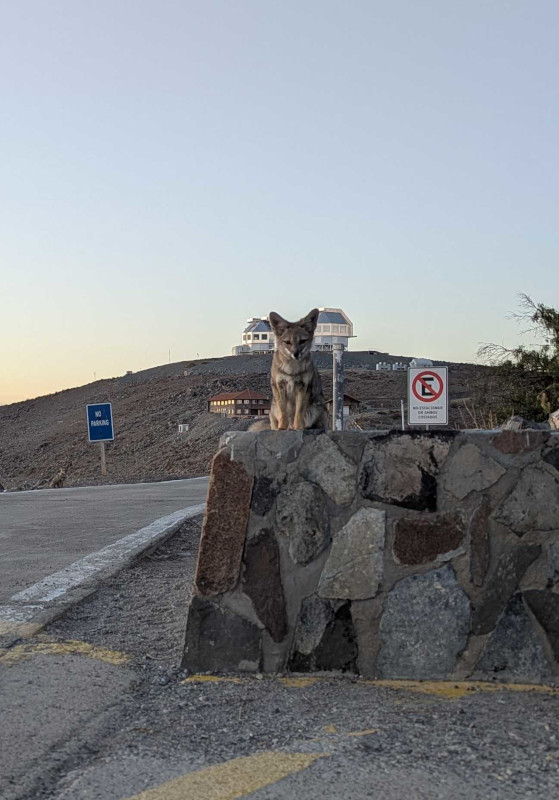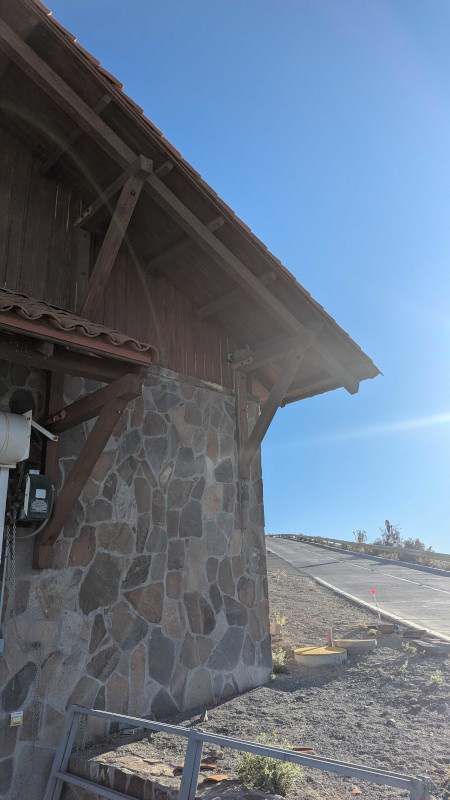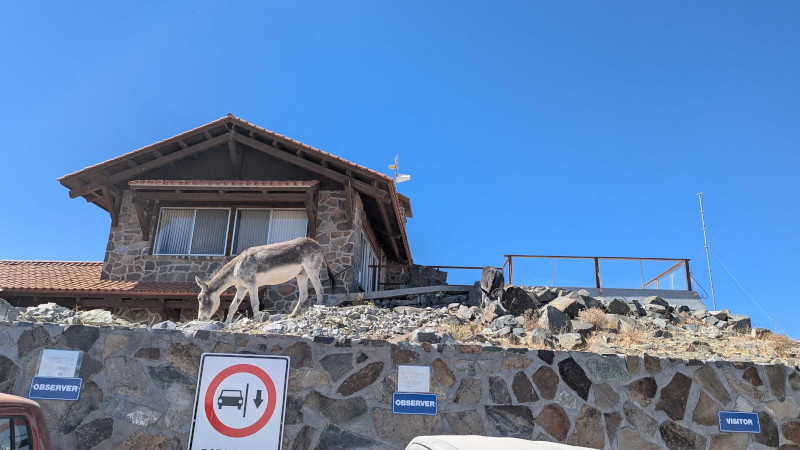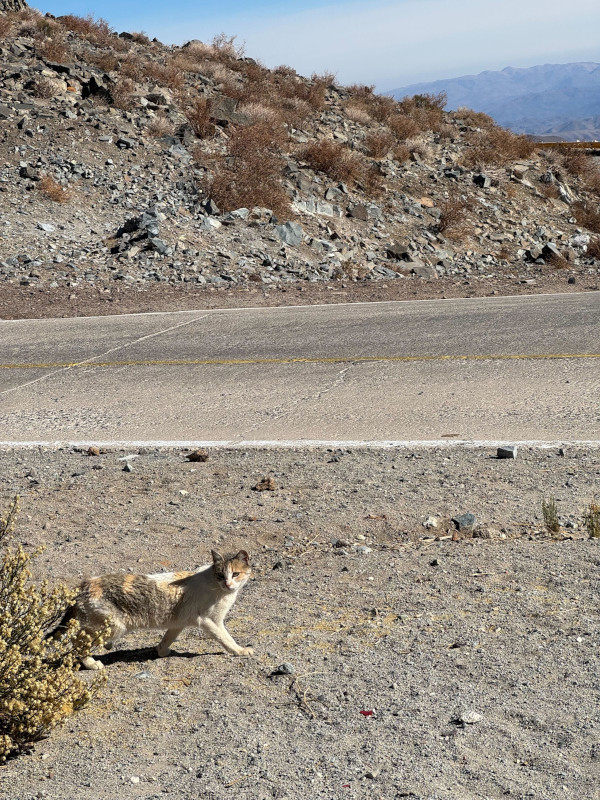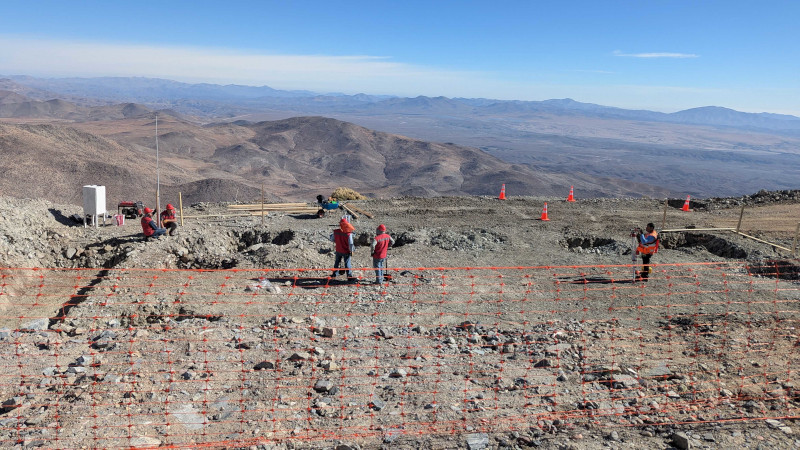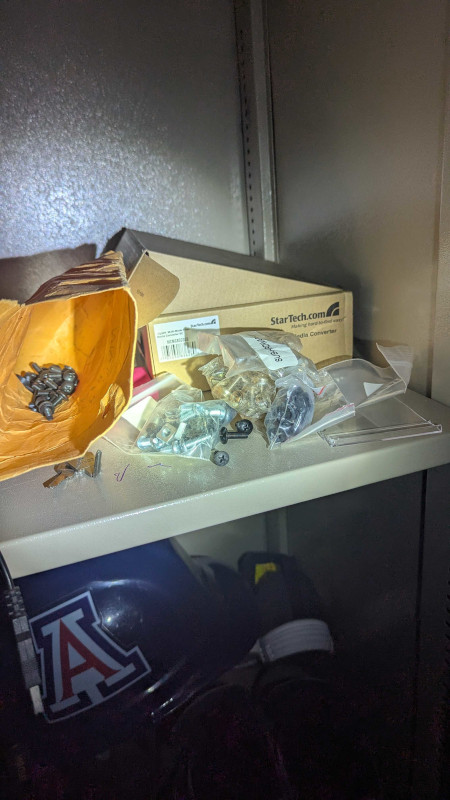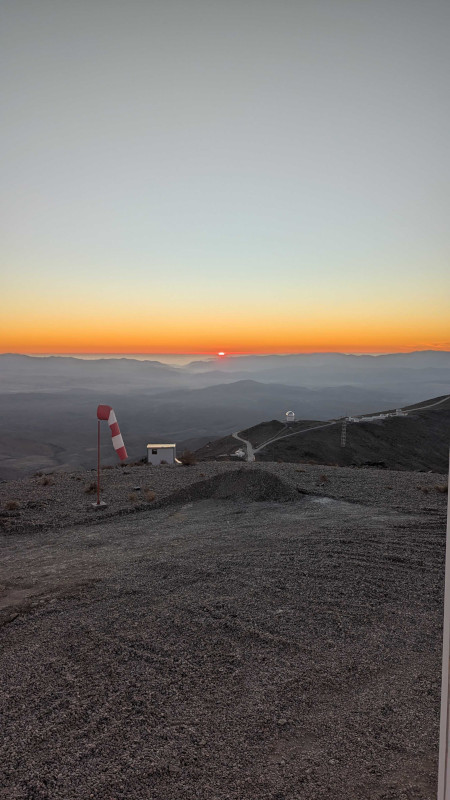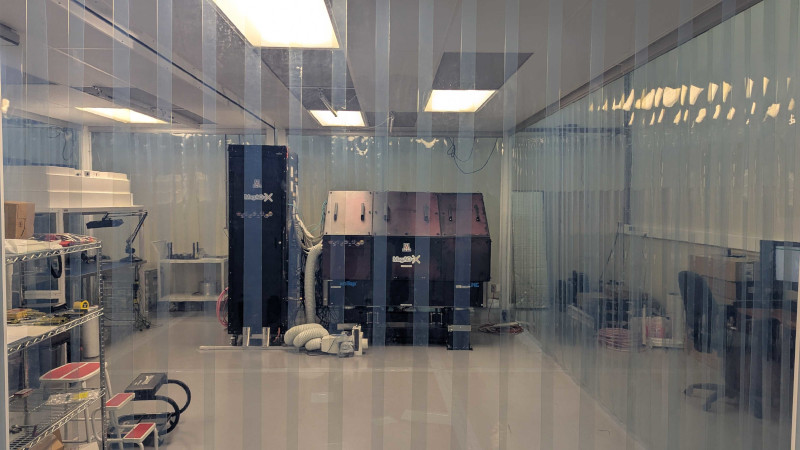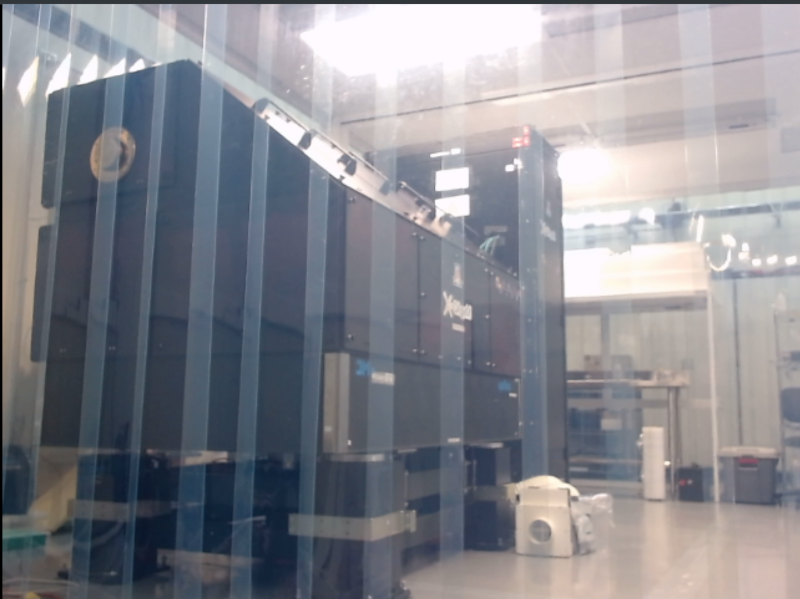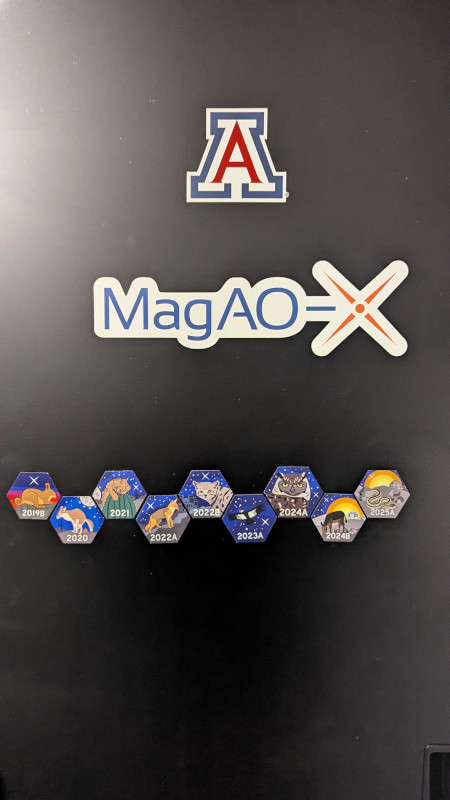For those unfamiliar with AstroTech, it is a weeklong summer school at UC Berkeley designed to teach the next generation of students how to design and build astronomical instruments, while being collaborative and inclusive.
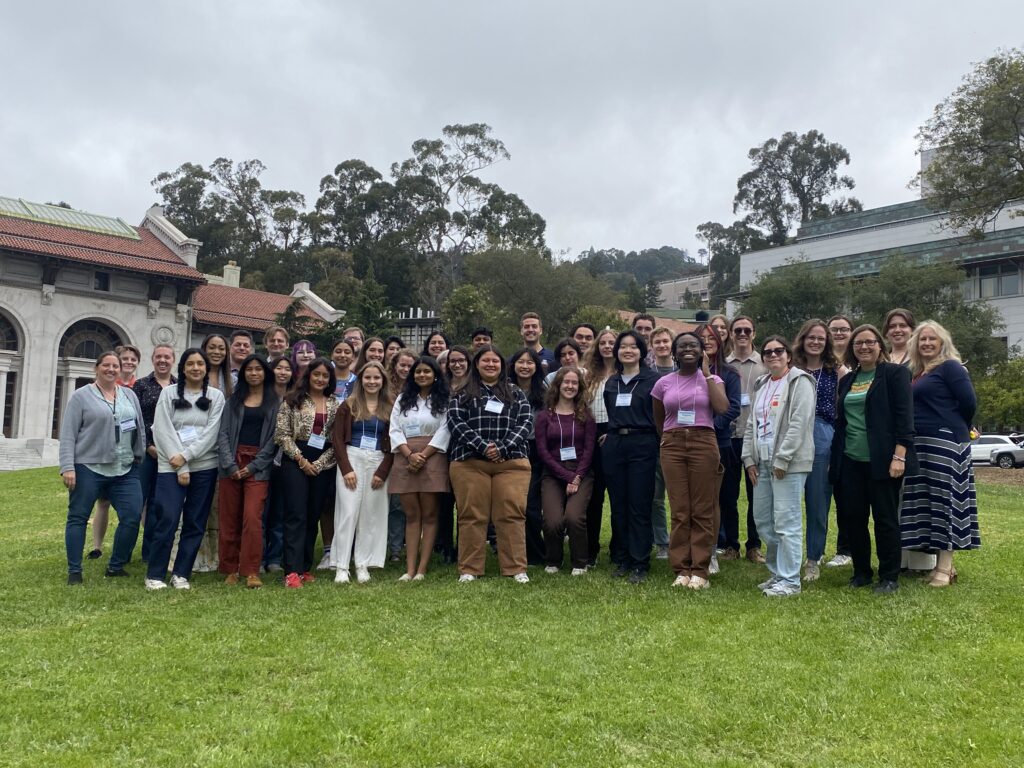
The first few days of summer school started with multiple lectures on astronomy and optics-based content, along with a number of hands-on labs that taught us some of the specialized skills needed to build an instrument including: optomechanics, software design, calibration hardware, detectors, and electronics.
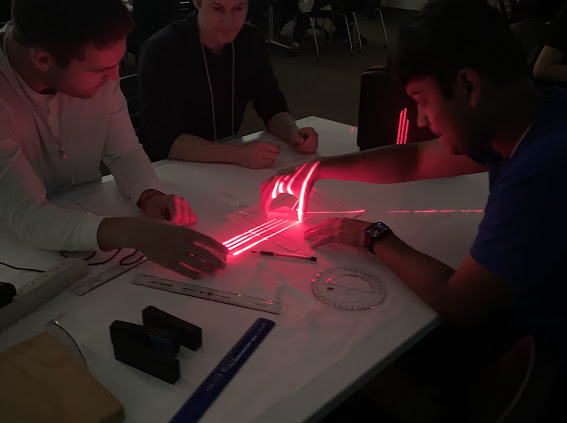
Once everyone had a solid background of the specializations we broke into teams of five to brainstorm science cases that spectrographs would be useful for. In an attempt to think of a unique science case, our group settled with a spectrograph design capable of covering the entire optical spectrum to classify asteroids by their spectral shape but also be able to distinguish between CN and CO signatures. This led us to a more complex design that involved having optical components moving on stages.
While this may sound trivial, the challenging part came when we were only given 10 hours over the course of two days to design, build, test, and present this working spectrograph. This is where the topic of collaboration and teamwork are of the utmost importance. Hence, one of key objectives of the summer school and something we spent time learning and practicing everyday was inclusive teamwork.
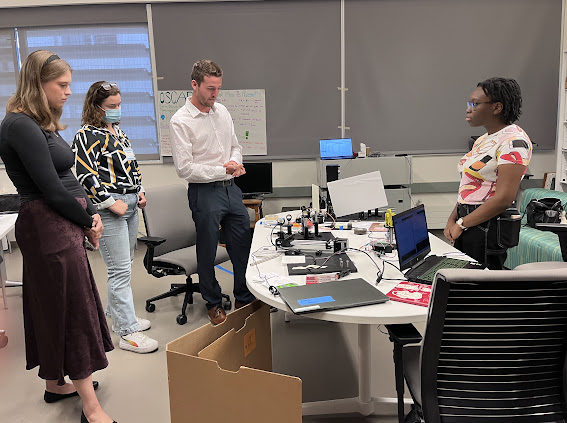
Within our teams, each person was responsible for one of the five specialty groups. I worked on developing the software pipeline the read in flats, darks, and science fits files, and processed raw science data. The code then plotted the entire spectra, identified known emission lines in our calibration source, and determined the wavelength solution that maps the x-axis from the pixel domain to the wavelength domain.
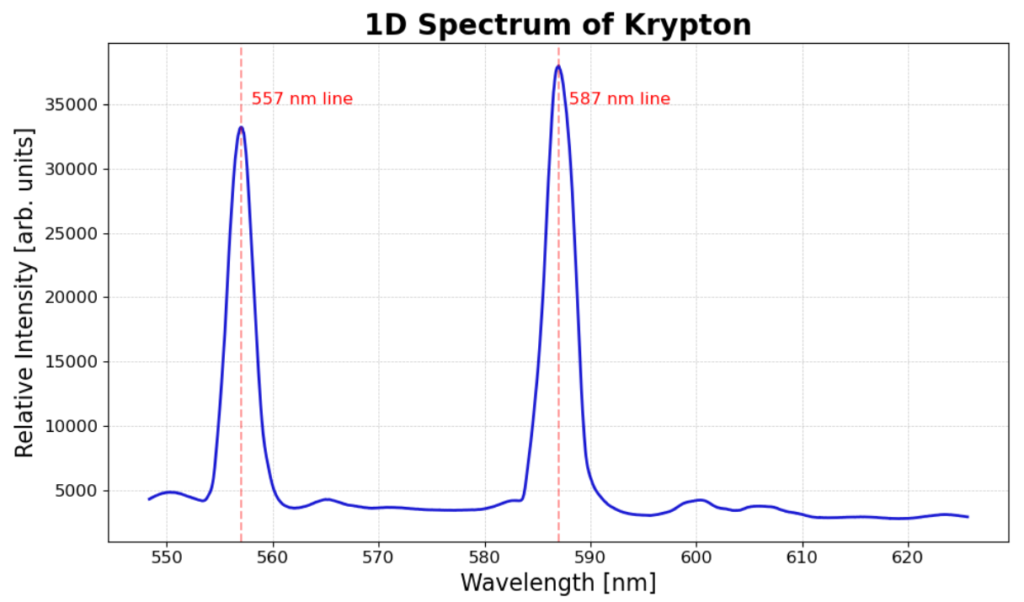
One of the most valuable takeaways from this experience will be the opportunity to build connections with a wide range of individuals from leaders in academia, government, and industry to my peers who will shape the next generation of astronomy instrumentation.
While the days were packed with learning and networking, I still found time in the early mornings and late evenings to explore. One highlight was reconnecting with a high school friend who works for the Cal football team. He gave me an incredible tour of the stadium and locker rooms, which resulted in my closet being overstocked with Cal shirts. I also spent most evenings out with the great friends I made during my time there, including one excursion that led to an underwhelming visit to the Golden Gate Bridge.
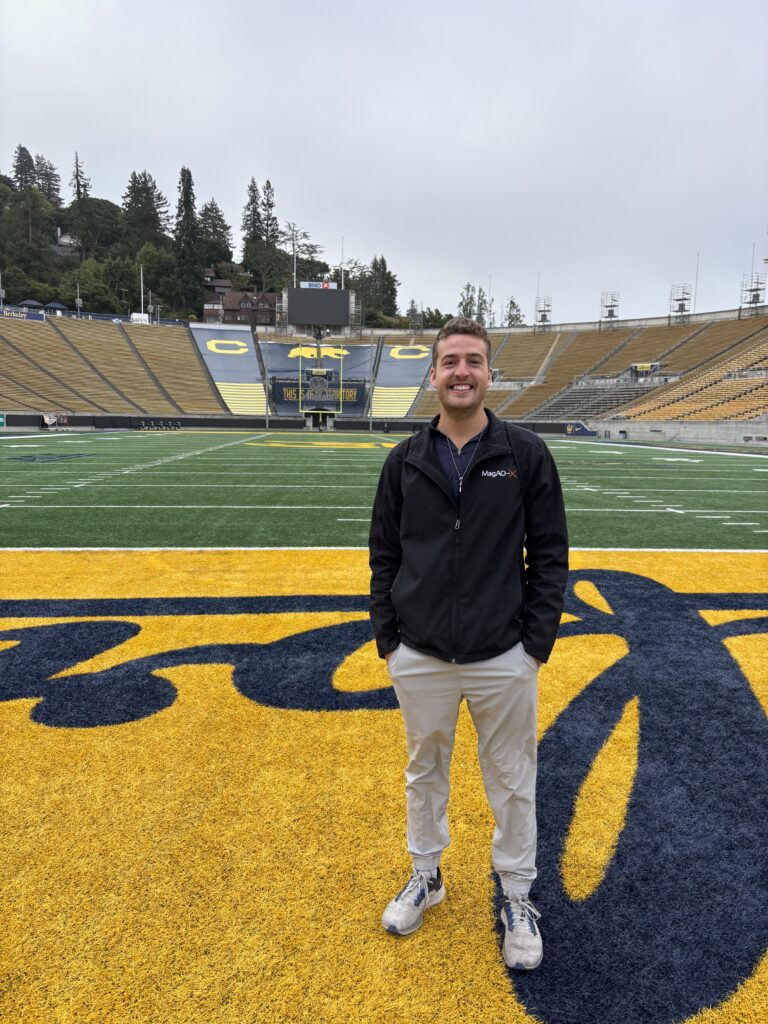
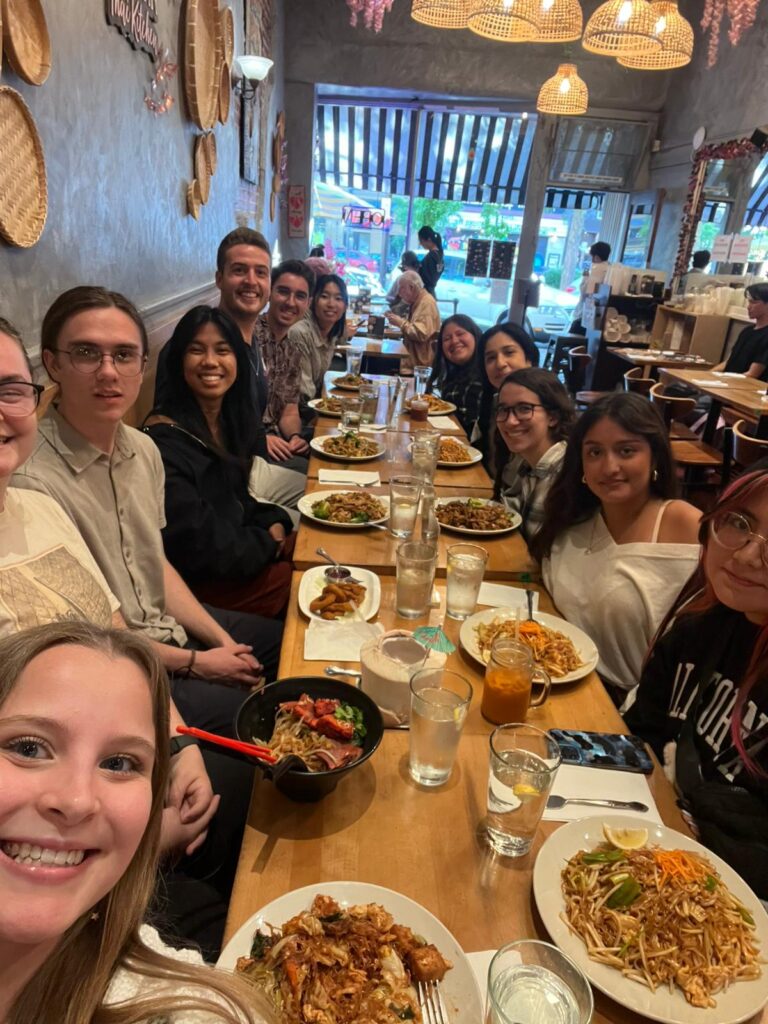
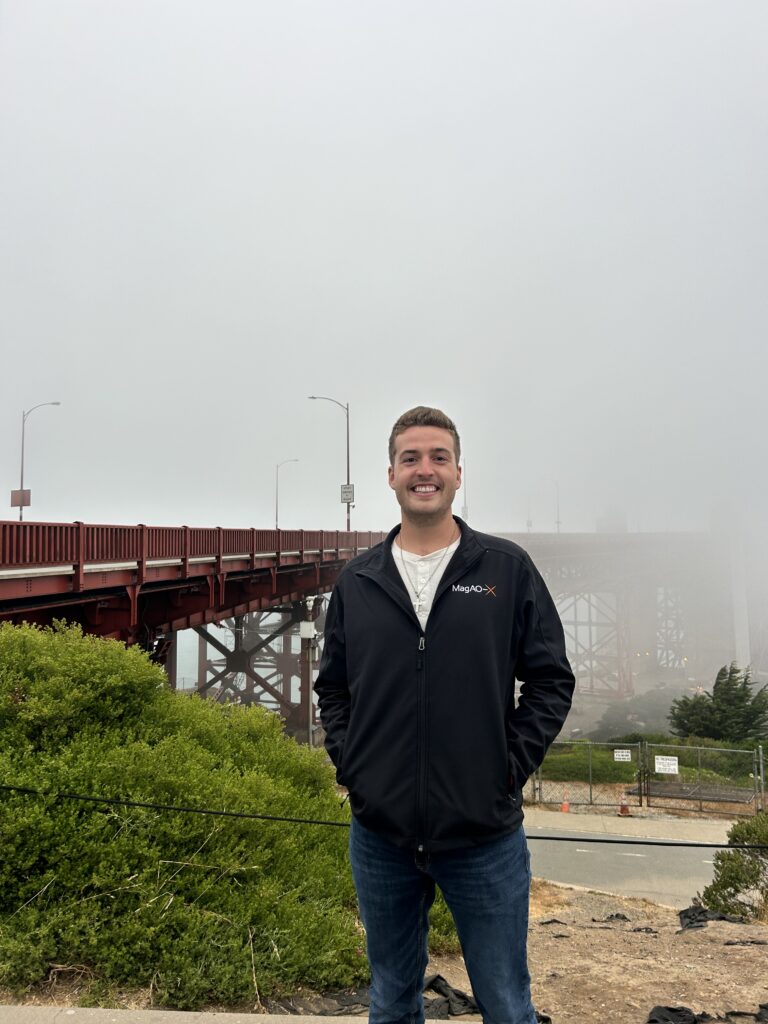
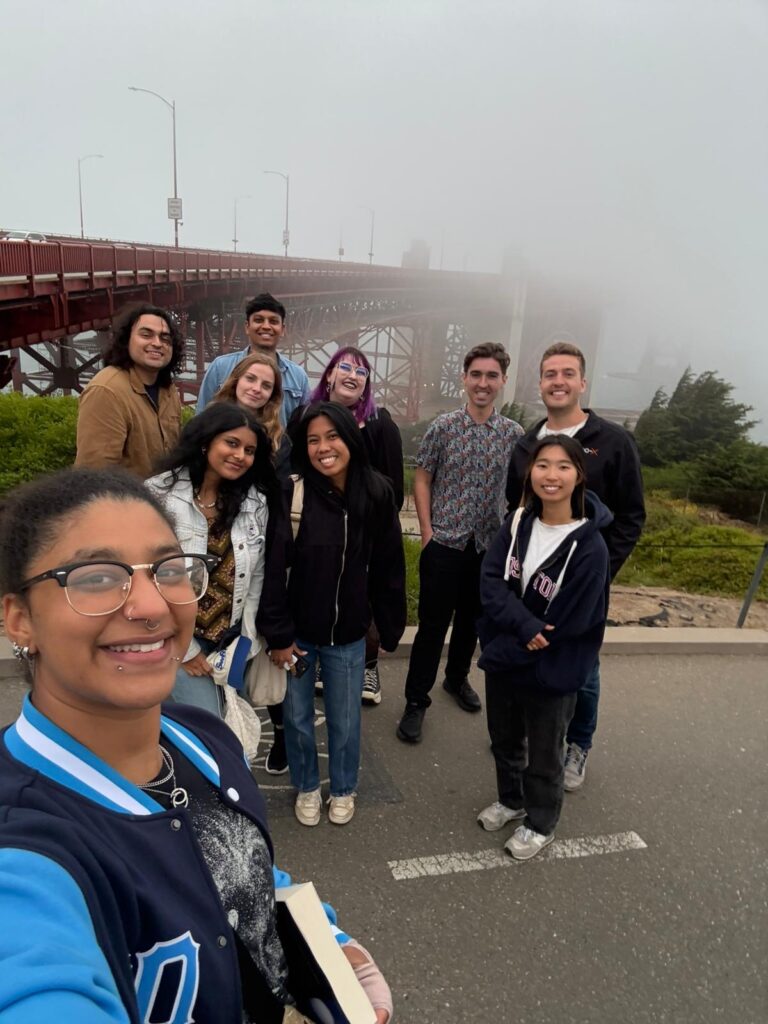
I will wrap this blog up and leave you with a couple photos from the beautiful Berkeley campus!
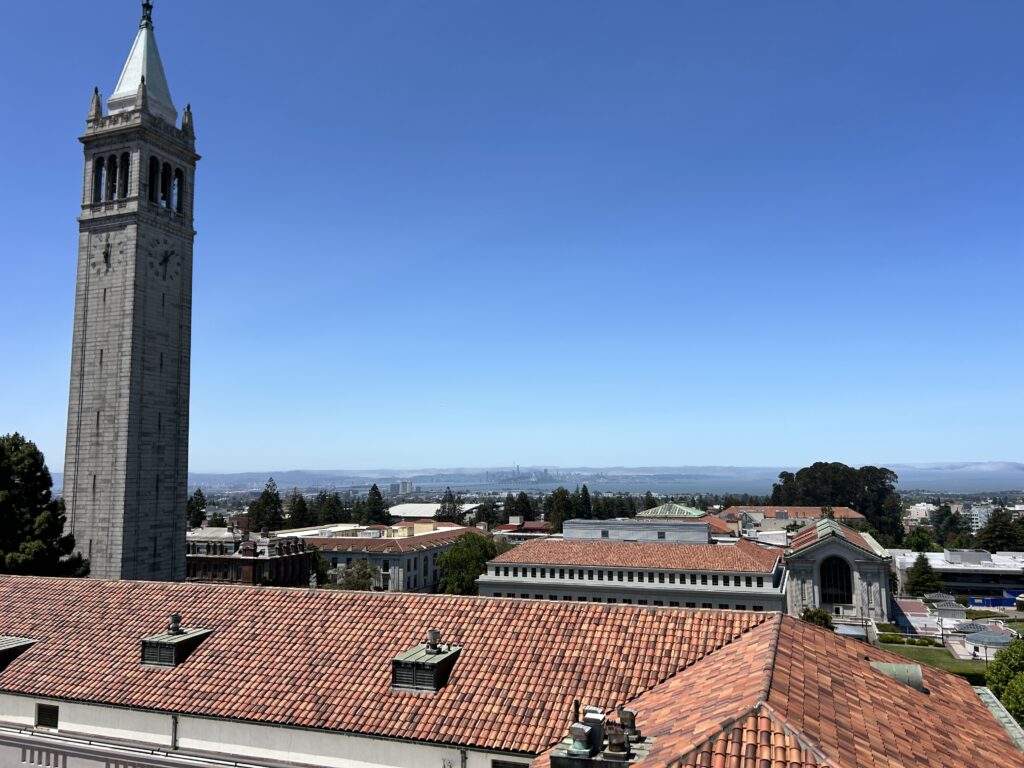
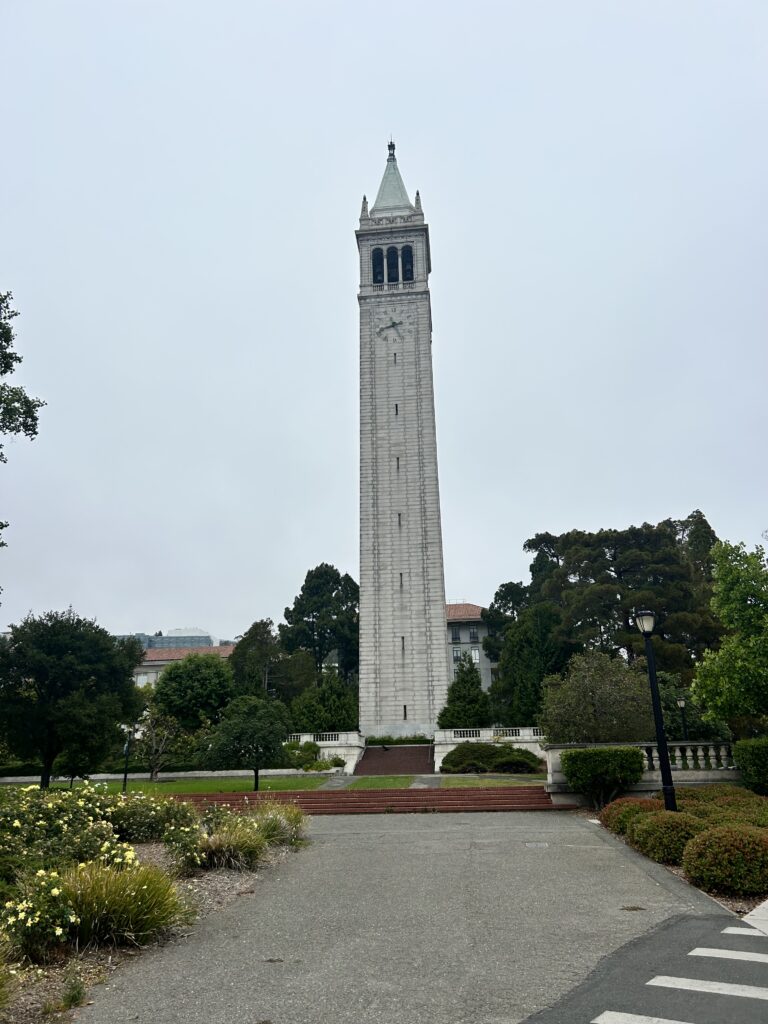
Song of the Day
